
1900 - 1955
Raymond Georges Yves Tanguy
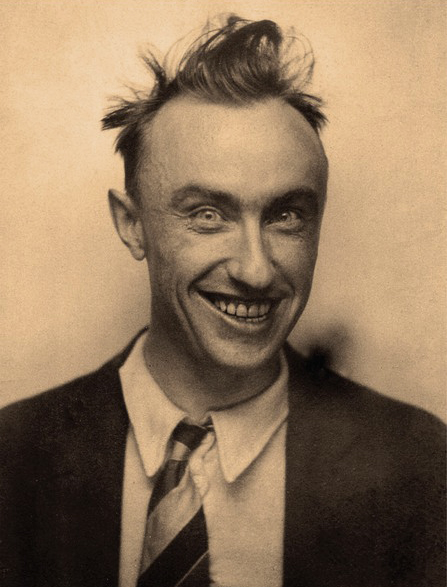
description
An American artist who was born and worked in France, one of the most famous representatives of Surrealism. Yves Tanguy never studied painting professionally. However, when he once saw the work of Italian Surrealist Giorgio de Chirico, he left the service in the merchant fleet and devoted himself to painting forever. Brave, bright and eccentric, the artist intrigued and shocked the audience, both with his extraordinary work and unpredictable behavior.
Tanguy was one of the first to use the technique of “automatic painting” in his work, a method in which the artist paints associative images not thinking about what he is depicting and allowing the subconscious to penetrate the canvas freely. The result of these experiments was the appearance of surreal objects and non-existent animals, which the artist placed on the background of an incredibly endless landscape.
During the Second World War, the artist left dangerous Europe. He permanently moved to the United States – the homeland of his wife Kay Sage, who was also a Surrealist artist. In America, Tanguy often arranged exhibitions of his paintings together with other artists of this art movement and had a significant influence on the formation and development of modern painting, especially Abstract Expressionism. His extraordinary fantastic works made him an internationally famous and financially successful artist.
Key ideas:
– Like all Surrealists, Yves Tanguy gave great importance to dreams and any manifestation of the unconscious in art. To completely free his subconscious, the artist used the “automatic drawing” method, which allowed him to express his associations and random thoughts spontaneously. Its symbolism originates in childhood memories and fantasies that are purely personal.
– The defining influence on the artist’s work was made by his childhood years spent on the seashore and serving in the merchant navy. Most of Tanguy’s paintings depict a vast space, similar to the bottom of a reservoir and inhabited by mysterious amorphous creatures. These strange organisms and swaying meager vegetation create the feeling of a fabulous sea kingdom, which can only be reached in a dream or oblivion.
– The characters of Yves Tanguy’s paintings are very original. They resemble plants, algae, or animals that do not have certain characteristics and resemble living clots of energy that are completely unlike real earthly forms. Judging by the action that takes place in the pictures, these creatures are endowed with intelligence; they can interact with each other and even express certain emotions. After a long examination of the artist’s works, the viewer will inevitably have thoughts about a parallel world or alien civilizations.
– In his works, the artist experimented a lot with the perspective and scale of objects, combining completely inappropriate things in compositions resembling hallucinations. The effect of complete immersion in the wonderful world of fantasy and dreams is achieved thanks to streamlined forms, gradually turning colours into each other, blurred outlines of smoke and clouds, and the soft pulsating light of Yves Tanguy’s paintings.
1900
1922
1924
1927
1930
1939
1942
1948
1953
1955
The birth of the artist
Decided to become an artist.

Met Andre Breton
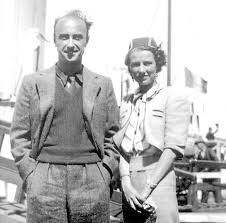
The first personal exhibition

He went on a trip to North Africa

He moved to the United States
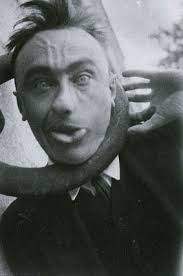
The artist's works were presented in New York
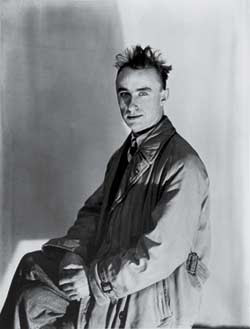
Got citizenship of the United States

He held exhibitions in Rome and Milan
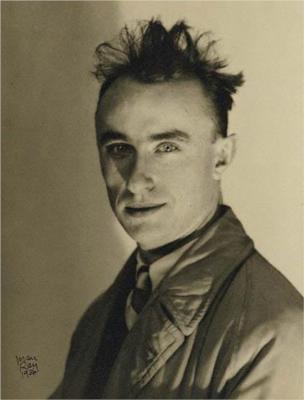
The death of the artist

